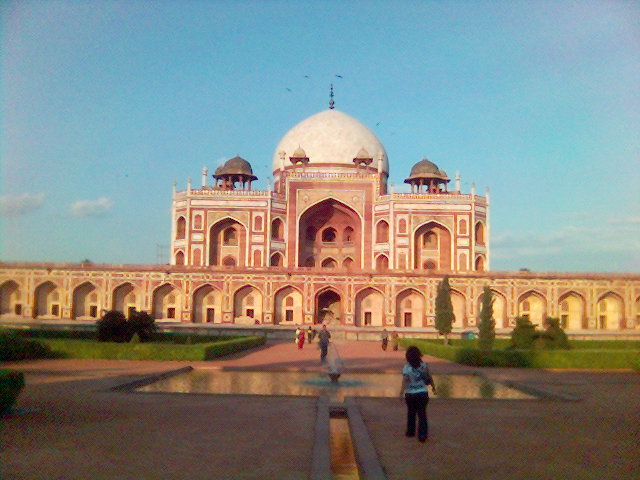Tai Khamti-British War of 1839

Tai Khampti diorama / Image Credit Arunachal Pradesh Deputy Chief Minister Chowna Mein has urged the Centre to declare Tai Khamti-British War of 1839 as the first war of India’s independence against the British. 80 British soldiers, including the British agent Colonel Adam White, were killed by the Tai Khamtis in Tai Khamti-British War that took place in 1839. Recently the Centre has refused to accept Odisha’s demand to declare Paika rebellion as the First War of Independence. Paika Rebellion took place from 1817 to 1825 in Odisha. Currently, the Revolt of 1857, known variously as First War of Independence and Sepoy Mutiny of 1857 is called the first war of independence against British Rule. The Revolt of 1857 shook the very foundation of the British Empire in India. About Tai Khamti-British War of 1839 The Arunachal Deputy CM Chowna Mein also underscored the need to recognize battles between other communities of Arunachal Pradesh and the British. They include four Anglo-Abor wars f









